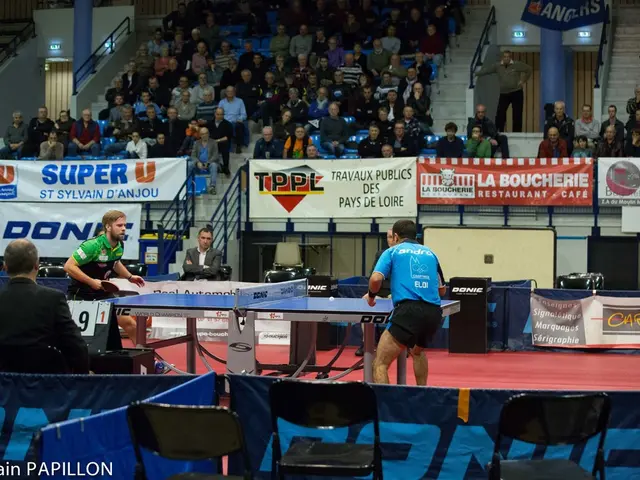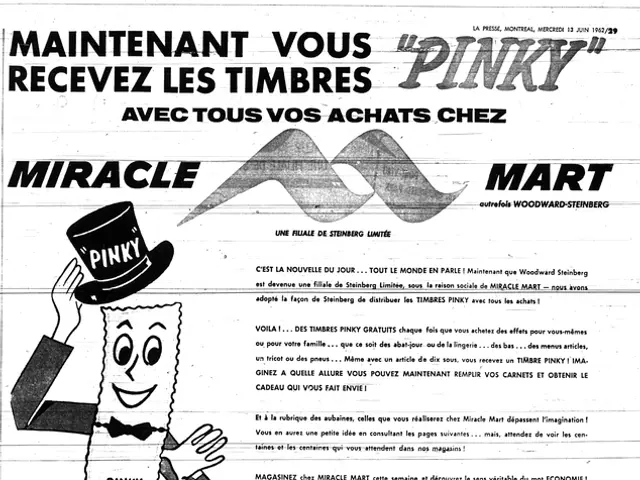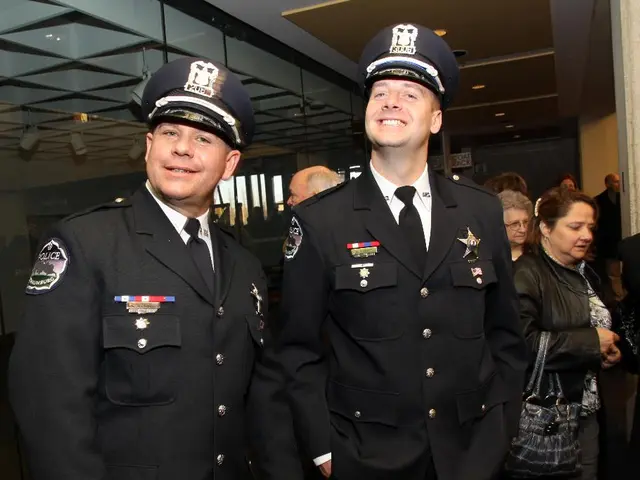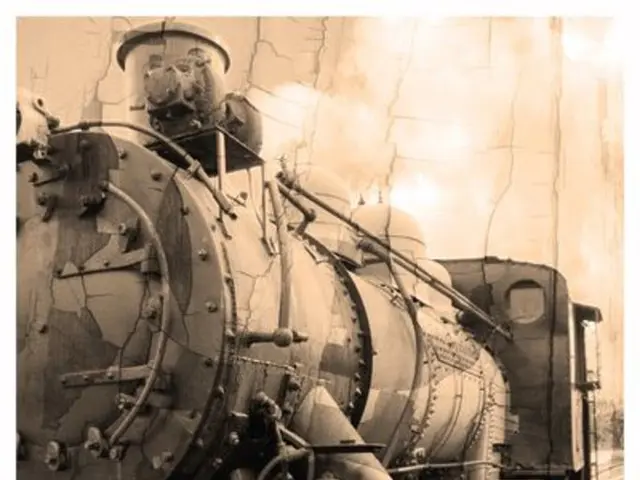Struggling with Rebuilding: The Obstacles in Re-Engineering, Pt. 1
In the heart of Toyota's advanced research and development, a special project team is breathing new life into a piece of automotive history – the Toyopet Racer, Toyota's first racing car from over 70 years ago.
This dedicated team, led by engineers Ding, Sugimoto, Tashiro, and Omura, has taken on the challenge of replicating and enhancing the original vehicle using modern fabrication and design techniques. The project embodies Toyota's tradition of craftsmanship, monozukuri, as they combine classical design with contemporary engineering and fabrication methods.
The engineers have approached the revival with deep respect for monozukuri, a spirit that is captured in the Takumi Kobo initiative where artisans and engineers collaborate to create high-quality automotive parts. This collaboration is evident in the meticulous design and advanced fabrication skills demonstrated by the team.
The team's focus has been on designing and fabricating the suspension and related components. They have engineered these components from the ground up, ensuring they meet original specifications while improving reliability and manufacturability with modern materials and techniques. The process involved precise sheet metal craftsmanship and detailed fabrication processes to replicate the geometry and performance characteristics of the original Toyopet Racer suspension.
The team's design efforts also included integrating suspension mounting points and re-creating the geometry critical for the car's handling. They have fabricated related components such as brackets and linkages, achieving a balance between historical accuracy and current engineering standards.
Takahiro Tashiro, a key member of the team, led the way in making strength calculations for the Toyopet Racer's suspension. He and his team estimated a corner entry speed of around 100 km/h for the Toyopet Racer based on engine output and contemporary aerial photographs of the track.
The team encountered a challenge in restoring the suspension as they lacked blueprints for the Racer's suspension components. To overcome this, they considered various factors, including the material, mounting position, and spring rate, to recreate the original vehicle's ride height, look, and feel. Tashiro and his team calculated the suspension strength by hand with pen and paper, similar to how engineers did in the days of the Racer.
Daichi Sugimoto, another team member, is currently involved in developing accessory sockets that convert battery power of hybrid cars and BEVs into alternating currents. Shinya Omura, who joined Toyota in 2005 and is currently at the Advanced R&D and Engineering Company's Mobility Material Engineering Division, has been involved in materials technologies since he joined Toyota and is developing non-ferrous metals such as aluminum and magnesium.
Ding Nan, the youngest engineer on the team, joined Toyota in 2018 and worked on developing the next-generation Vehicle Dynamics Integrated Management system. She expressed interest in the project when her supervisor notified the team about it. Sugimoto joined the Racer project when the call came for participants from his department. Omura volunteered for the project because it offered a chance to be directly involved in vehicle development, something that's not part of his regular work.
This project is part of Toyota’s wider series of initiatives to restore and celebrate legacy vehicles that embody the company’s origins and development, highlighting engineering ingenuity over seven decades. The ninth article in the series focuses on the efforts of team members responsible for the suspension and related components.
The revived Toyopet Racer, now on display at the Fuji Motorsports Museum, showcases Toyota's blend of tradition and innovation – harnessing cutting-edge technologies alongside the monozukuri craftsmanship to bring the Toyopet Racer back to life in a form that outperforms the original in reliability and some performance metrics while preserving its historic essence.
The team's project, showcasing Toyota's tradition of monozukuri, involves the replication and enhancement of the Toyopet Racer using modern fabrication and design techniques, intertwining contemporary engineering with classical automotive design. Given this, the engineers are integrating technology into various aspects of the vehicle, such as Daichi Sugimoto's development of accessory sockets that convert battery power from hybrid cars and BEVs into alternating currents.
Although the team struggled with a lack of blueprints for the Racer's suspension components, they have used their knowledge of engineering principles and materials to recreate and surpass the original's performance metrics while preserving its historical essence, demonstrating Toyota's commitment to both innovation and honoring its legacy in the transportation industry and finance, as part of their wider series of initiatives.







